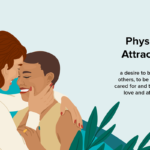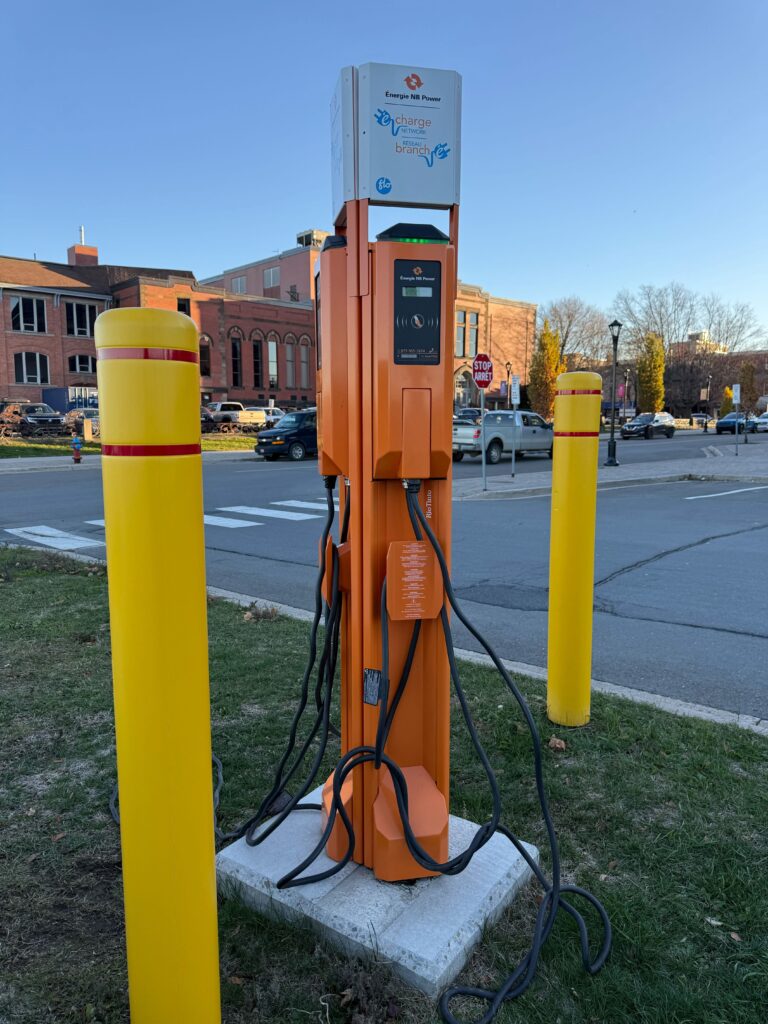By: Emu Devine Within the last several years throughout the western world, there has been a noticeable uptick in polyamorous or otherwise non-monogamous relationships. Anecdotal observations of polyamory’s rising popularity are increasingly commonplace, and these kinds of relationships are more accepted than ever before. Yet is that the only factor responsible for its growth? Cultural …
Monogamy? In THIS Economy?

By: Emu Devine
Within the last several years throughout the western world, there has been a noticeable uptick in polyamorous or otherwise non-monogamous relationships. Anecdotal observations of polyamory’s rising popularity are increasingly commonplace, and these kinds of relationships are more accepted than ever before. Yet is that the only factor responsible for its growth?
Cultural tolerance from broader society certainly allows those who want more open relationships to do so publicly without feeling forced to hide a part of their life. It is not a coincidence that LGBTQ2+ individuals are far more likely to participate in or accept non-monogamous relationships given their shared history of political and legal persecution. Many others though, have started to point to the material conditions afforded to younger generations as the primary influence. People in the age range of traditionally getting married and starting a family have been consistently saddled with stagnant incomes and rising debt for decades now. The ramifications of the Great Recession and the wealth transfer from the working class to the ultra-rich it facilitated in the late 2000s can still be felt over 15 years later. With dismal housing markets alongside price gouging and inflation for most of the 2020s so far, it is not unreasonable to question how these larger economic forces may be impacting what kinds of lifestyles are ideal or accessible.
One roadblock in having this discussion is reliable information on the number of practicing polyamorous people out there. Since these kinds of relationships still broadly do not have the same level of legal recognition — and the legal protections from discrimination subsequently associated with it — the governments running those legal systems have not been keen on surveying the population through the census the same way an individual is marked as ‘single’ or ‘married.’ There are third parties, however, who have tried to study this population themselves. Most sources estimate the number of active polyamorous people within Canada and the United States to be around 4% – 5%, with different sources pegging the amount of people who have been in a non-monogamous relationship at some point in their lives anywhere from about 17% all the way to almost 22%. In addition, there is more than solely anecdotal evidence backing up the argument that such relationship dynamics are growing in popularity. Users of online dating services such as OKCupid are more likely to mention polyamory in some fashion now; the amount of people on the website willing to “consider an open relationship” rose from 27% in 2014 to 33% last year, while the number of accounts referencing non-monogamy in their profiles grew a whopping 45% from 2021 – 2023. Clearly this surge in non-traditional relationships has been one of the defining patterns of the first half of the 2020s. Such an increase also aligns with the economic woes experienced around the globe since the beginning of the COVID-19 pandemic.
One researcher who has highlighted the role of finances in evolving relationship structures is the economist Dr. Mindy Marks of Northeastern University. In a press release interview with her institution, Dr. Marks emphasized the nuance needed when examining how economic circumstances influence social dynamics. She points out that the pressure leading to this decrease in monogamy is twofold; the cost of living is high enough that it may now take more than two ‘breadwinners’ to sustain a household financially, but the dating market also has structural patterns like similar education levels that play out at a large scale. As women are graduating college more than men now, Dr. Marks argues that there also may just not be enough men with college degrees for college-educated women to partner up with one-to-one. However, she believes this to be a short-term shift in material conditions instead of a long-term change in dating values and preferences. Considering how she equated the dynamics of dating to adding more “participants” as variables to economic models, though, I feel skeptical about trusting her for dating advice.
Considering our less-than-tolerant cultural history, we are very much in uncharted waters. While polyamorous people have always existed and always will, traditionally these relationships lacked the public acceptance and normalcy that they have now. Considering how long the economy has been rough on us young people, it is hard to say how much of an impact finances have on what kind of romance is accessible to people. There is simply no other time period we have to compare it with. Similarly, it is difficult to tell if this represents a broader progression in social values to be more accepting, though the widening of legal rights to non-monogamous couples would certainly be a positive start.
Keep in touch with our news & offers
Subscribe to Our Newsletter
Thank you for subscribing to the newsletter.
Oops. Something went wrong. Please try again later.







